Home>Gardening & Outdoor>Landscaping Ideas>What Causes Grass To Turn Yellow
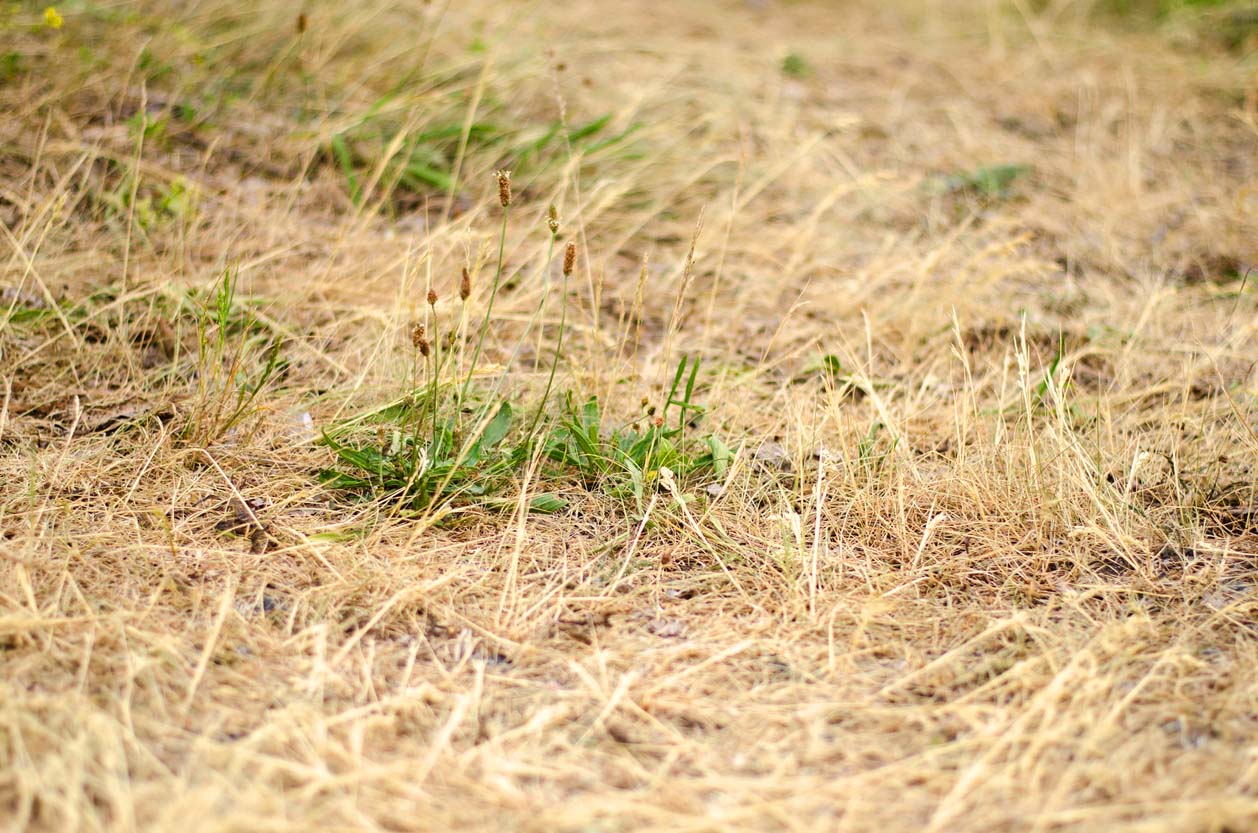

Landscaping Ideas
What Causes Grass To Turn Yellow
Modified: February 18, 2024
Discover the reasons behind yellowing grass and get expert landscaping ideas to revive your lawn. Learn how to prevent and treat yellow grass effectively.
(Many of the links in this article redirect to a specific reviewed product. Your purchase of these products through affiliate links helps to generate commission for Storables.com, at no extra cost. Learn more)
**
Introduction
**
Yellow grass can be a frustrating sight for any homeowner or landscaper. It not only detracts from the overall beauty of the lawn but also serves as a clear indicator that something may be amiss. Understanding the potential causes of yellow grass is crucial to restoring the lush green expanse that is desired. In this comprehensive guide, we will delve into the various factors that can lead to grass turning yellow, providing valuable insights into how to address and prevent this issue. Whether you are a seasoned lawn care enthusiast or a novice gardener, the information presented here will empower you to nurture a vibrant, healthy lawn that is the envy of the neighborhood. Let's embark on this enlightening journey to uncover the mysteries behind yellowing grass.
**
Key Takeaways:
- Grass turns yellow due to lack of water, nutrient deficiency, soil compaction, diseases, pests, and environmental stress. Proper watering, fertilization, aeration, and pest management are essential for a healthy, green lawn.
- To prevent yellowing grass, homeowners should water deeply, test soil for nutrients, aerate compacted soil, and manage pests. Creating a healthy environment with proper care leads to a vibrant, lush lawn.
Read more: What Causes Grass To Turn White
Lack of Water
**
One of the primary culprits behind yellowing grass is a lack of adequate water. Just like any other living organism, grass requires water to thrive. When the soil becomes parched due to insufficient irrigation or prolonged periods of drought, the grass is unable to access the moisture it needs to maintain its verdant hue. As a result, the lack of water can lead to the development of yellow or brown patches across the lawn.
Furthermore, the frequency and timing of watering play significant roles in preventing grass from turning yellow. Shallow, infrequent watering can hinder the grass roots from delving deep into the soil in search of water, making the lawn more susceptible to drought stress. Conversely, overwatering can also have detrimental effects, causing the roots to suffocate due to a lack of oxygen in the waterlogged soil.
To mitigate the impact of water scarcity on the grass, it is essential to establish a consistent watering schedule that aligns with the specific needs of the grass species and the prevailing weather conditions. Deep, infrequent watering encourages the development of robust, resilient roots that can better withstand periods of limited rainfall. Additionally, incorporating organic matter into the soil can enhance its water retention capacity, reducing the likelihood of yellowing grass during dry spells.
By recognizing the significance of adequate hydration and implementing effective watering practices, homeowners and landscapers can safeguard their lawns against the detrimental effects of water scarcity, preserving the lush green appearance that epitomizes a healthy, vibrant landscape.
**
Nutrient Deficiency
**
Grass, like all plants, relies on essential nutrients to maintain its health and vibrant color. A deficiency in key nutrients can manifest as yellowing or discoloration of the grass, signaling an imbalance that warrants attention. The three primary nutrients crucial for the well-being of grass are nitrogen, phosphorus, and potassium, often referred to as NPK.
Nitrogen is integral to the synthesis of chlorophyll, the pigment responsible for the green color of plants. A lack of nitrogen can result in pale or yellow grass, indicative of chlorosis, a condition where the chlorophyll production is impaired. Phosphorus is vital for root development and overall plant energy transfer, while potassium contributes to disease resistance and water regulation within the plant.
Soil testing is a valuable tool for assessing the nutrient composition of the lawn, enabling homeowners and landscapers to identify deficiencies and formulate targeted solutions. Once the specific nutrient deficiencies are determined, appropriate fertilizers can be applied to rectify the imbalance and rejuvenate the grass. Selecting a well-balanced fertilizer with the appropriate NPK ratio tailored to the grass species and soil conditions is essential for promoting healthy growth and vibrant color.
Moreover, organic amendments such as compost and mulch can enhance the overall nutrient content and microbial activity in the soil, fostering a fertile environment that supports the optimal health of the grass. By addressing nutrient deficiencies through strategic fertilization and soil enrichment, individuals can revitalize their lawns, ensuring that the grass remains lush and vibrant, free from the pallor of nutrient deprivation.
**
Soil Compaction
**
Soil compaction is a common yet often overlooked factor that can contribute to the yellowing of grass. Over time, the soil beneath the lawn can become compacted due to various activities such as foot traffic, heavy machinery, or even natural settling processes. This compaction restricts the movement of air, water, and nutrients within the soil, impeding the healthy growth of grass roots and leading to visible signs of distress, including yellowing or thinning of the turf.
Compacted soil hinders the infiltration of water, causing excess runoff and depriving the grass of essential moisture. Furthermore, the limited pore space within compacted soil diminishes the availability of oxygen to the roots, impeding their respiration and nutrient uptake. As a result, the grass may exhibit symptoms of stress, such as yellowing, stunted growth, and increased susceptibility to pests and diseases.
To alleviate soil compaction and rejuvenate the health of the lawn, aeration is a highly effective remedial measure. Core aeration involves the extraction of small plugs of soil from the lawn, creating apertures that facilitate the movement of air, water, and nutrients into the root zone. This process not only alleviates compaction but also stimulates root growth and enhances the overall vigor of the grass.
In addition to aeration, the incorporation of organic matter such as compost or peat moss into the soil can improve its structure and porosity, mitigating the impact of compaction and promoting a conducive environment for healthy grass growth. By addressing soil compaction through strategic aeration and soil amendments, homeowners and landscapers can revitalize their lawns, fostering lush, green expanses that are resilient against the detrimental effects of compacted soil.
**
One common cause of yellow grass is overwatering. Make sure to water your grass deeply but infrequently to promote deep root growth and prevent yellowing.
Disease and Pests
**
The presence of diseases and pests can wreak havoc on the health and appearance of grass, causing it to exhibit symptoms of distress, including yellowing, thinning, and patchy areas. Fungal diseases, such as dollar spot, brown patch, and rust, can manifest as discolored patches of grass, often accompanied by characteristic lesions or powdery spores. These diseases thrive under specific environmental conditions, including excessive moisture, poor air circulation, and imbalanced nutrient levels.
Furthermore, an infestation of pests, such as grubs, chinch bugs, or armyworms, can inflict substantial damage to the grass, leading to discoloration, wilting, and visible signs of feeding activity. The feeding behavior of these pests can disrupt the normal physiological processes of the grass, impeding its ability to photosynthesize and absorb essential nutrients, ultimately resulting in yellowing or browning of the turf.
Implementing proactive measures to prevent and manage diseases and pests is crucial for preserving the vitality of the lawn. Cultural practices, such as mowing at the appropriate height, promoting proper air circulation, and avoiding excessive nitrogen fertilization, can mitigate the conditions conducive to disease development. Additionally, the timely application of fungicides and insecticides, following accurate diagnosis and targeted treatment, can effectively combat existing infestations and prevent further damage to the grass.
Furthermore, fostering a biodiverse and balanced ecosystem within the lawn, including the promotion of beneficial insects and microbial activity, can contribute to natural pest control and disease resistance. By embracing holistic and integrated pest management strategies, homeowners and landscapers can safeguard their lawns against the perils of diseases and pests, ensuring that the grass remains vibrant and free from the pallor of infestation.
**
Read more: Why Grass Turning Yellow
Environmental Stress
**
Environmental stress encompasses a broad spectrum of external factors that can exert adverse effects on the health and appearance of grass, potentially leading to yellowing or discoloration. These stressors may include extreme temperatures, inadequate sunlight, and chemical exposure, among others.
High temperatures, especially in conjunction with inadequate moisture, can subject the grass to heat stress, impeding its ability to photosynthesize and maintain optimal metabolic functions. This can result in the grass taking on a yellowish hue as a visible manifestation of its struggle to cope with the environmental conditions.
Conversely, insufficient sunlight due to shading from structures, trees, or dense foliage can compromise the grass’s capacity to undergo photosynthesis, leading to weakened growth and the onset of yellowing or thinning areas. Addressing the underlying causes of shade and optimizing light exposure can help alleviate this form of environmental stress.
Chemical stress, arising from improper use of herbicides, pesticides, or fertilizers, can also induce yellowing or discoloration of the grass. Excessive or erroneous application of chemicals can disrupt the delicate balance of the lawn ecosystem, causing damage to the grass and resulting in visible signs of stress.
Furthermore, environmental pollutants, such as road salt, pet waste, or industrial runoff, can contribute to the yellowing of grass, signaling the detrimental impact of external contaminants on its health and vigor.
To mitigate the effects of environmental stress on the grass, proactive measures can be taken to optimize growing conditions and minimize exposure to harmful elements. Adequate irrigation, proper ventilation, and judicious use of chemicals are essential components of a comprehensive strategy to alleviate environmental stress and preserve the lush, green appearance of the lawn.
**
Conclusion
**
In the quest for a vibrant, healthy lawn, understanding the potential causes of yellowing grass is paramount. Whether it stems from inadequate water, nutrient deficiencies, soil compaction, diseases and pests, or environmental stressors, the yellowing of grass serves as a visible indicator of underlying issues that warrant attention and remediation.
By recognizing the significance of adequate hydration, implementing effective watering practices, and addressing nutrient deficiencies through strategic fertilization and soil enrichment, individuals can revitalize their lawns, ensuring that the grass remains lush and vibrant, free from the pallor of nutrient deprivation.
Furthermore, proactive measures to alleviate soil compaction, combat diseases and pests, and mitigate environmental stress can safeguard the vitality of the lawn, fostering lush, green expanses that are resilient against the detrimental effects of external stressors.
Embracing a holistic approach to lawn care, encompassing proper irrigation, balanced fertilization, aeration, pest management, and environmental stewardship, is essential for nurturing a thriving, verdant landscape that exudes vitality and beauty.
Armed with the insights gleaned from this guide, homeowners and landscapers can embark on a journey to rejuvenate their lawns, transforming yellowing grass into a lush, emerald carpet that serves as a testament to their dedication to optimal lawn care and stewardship of the natural environment.
Frequently Asked Questions about What Causes Grass To Turn Yellow
Was this page helpful?
At Storables.com, we guarantee accurate and reliable information. Our content, validated by Expert Board Contributors, is crafted following stringent Editorial Policies. We're committed to providing you with well-researched, expert-backed insights for all your informational needs.
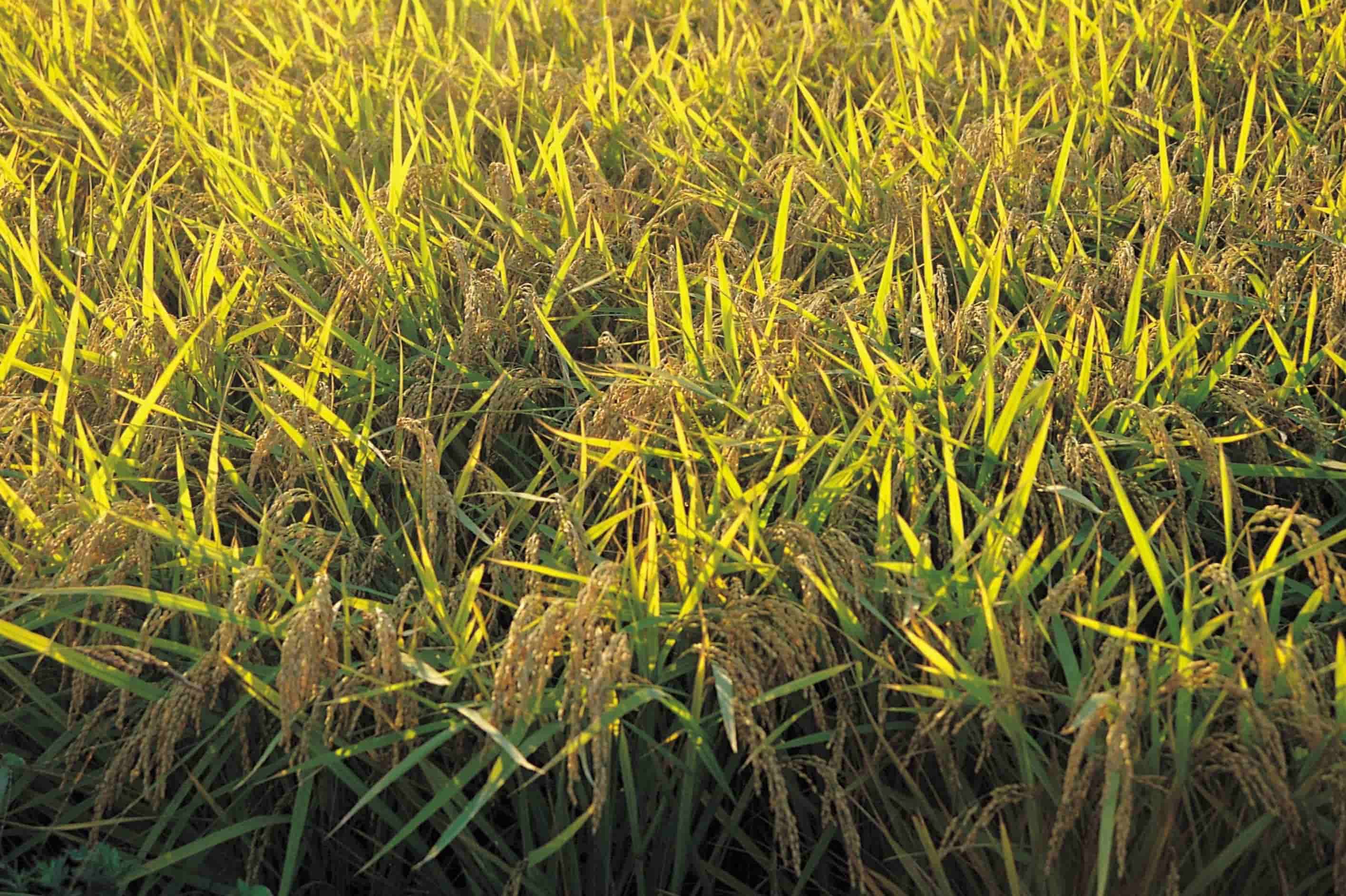
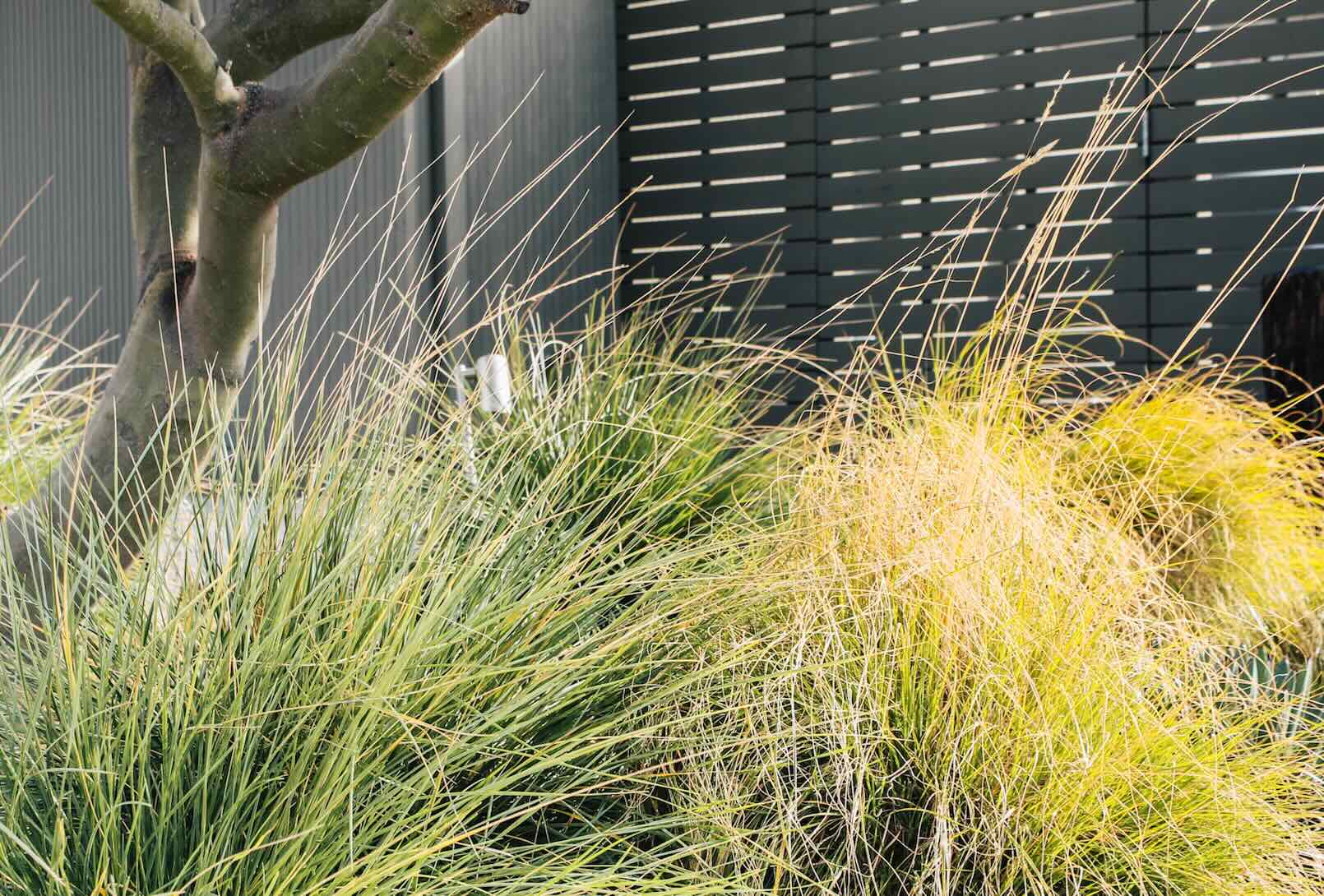
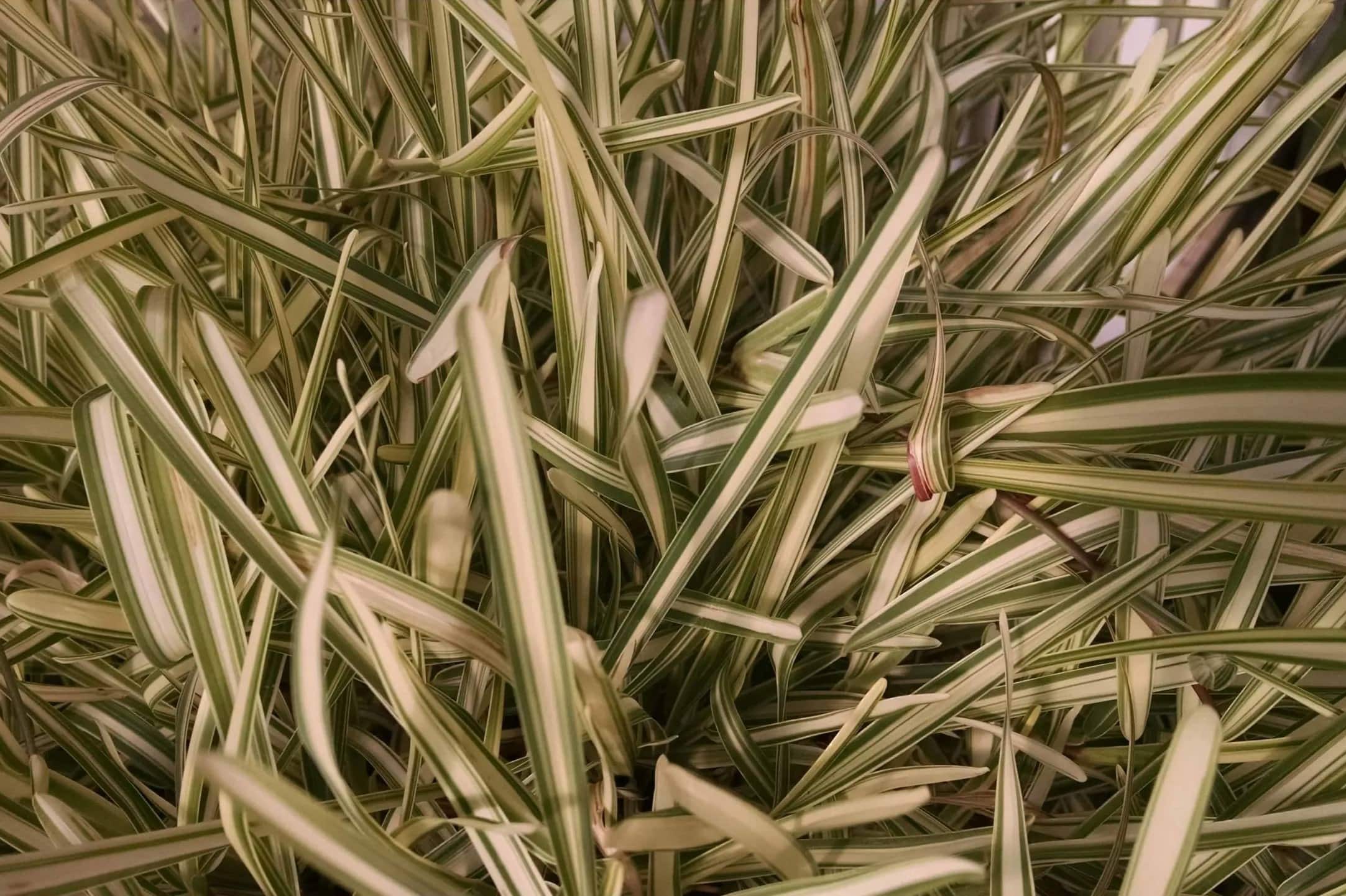
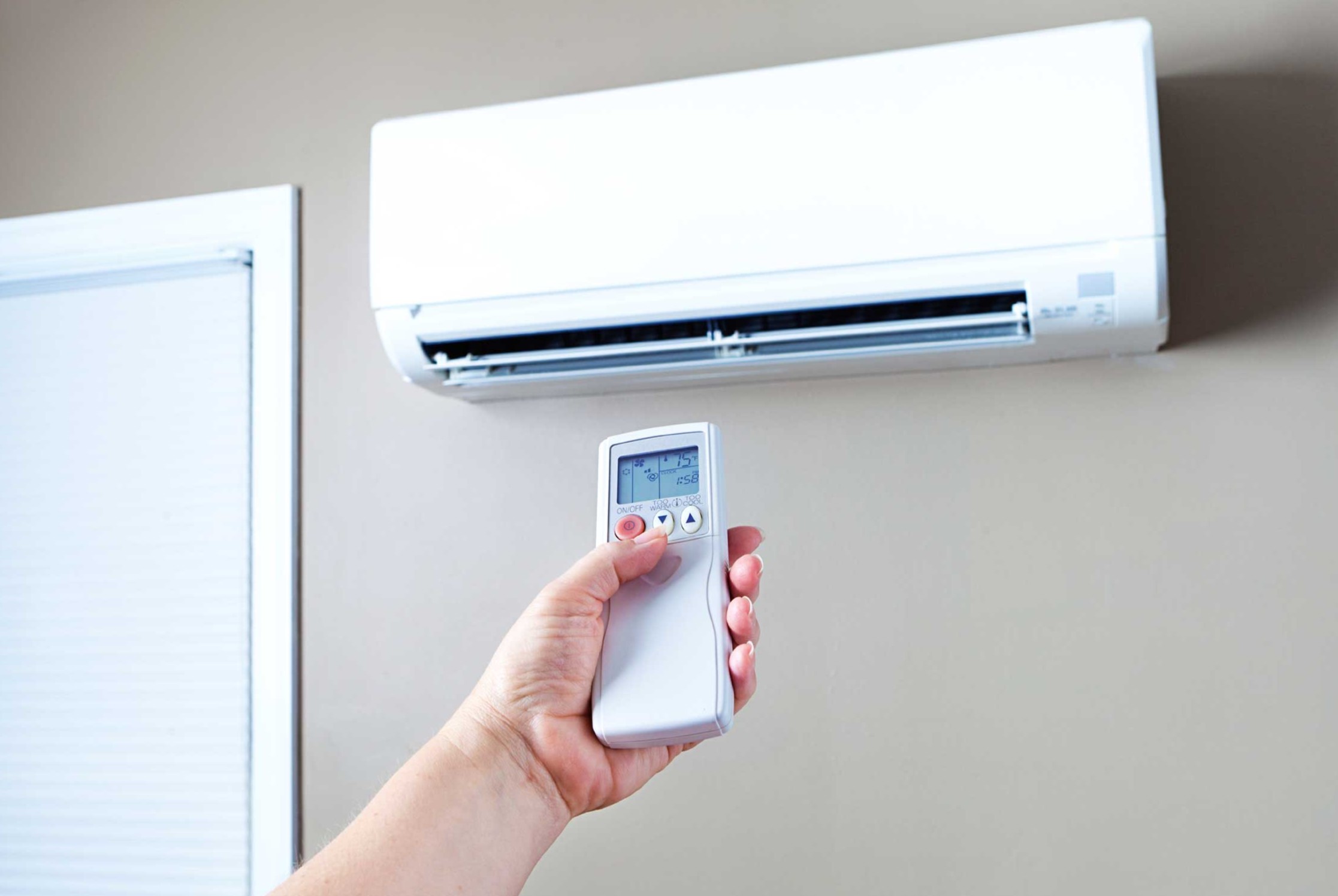
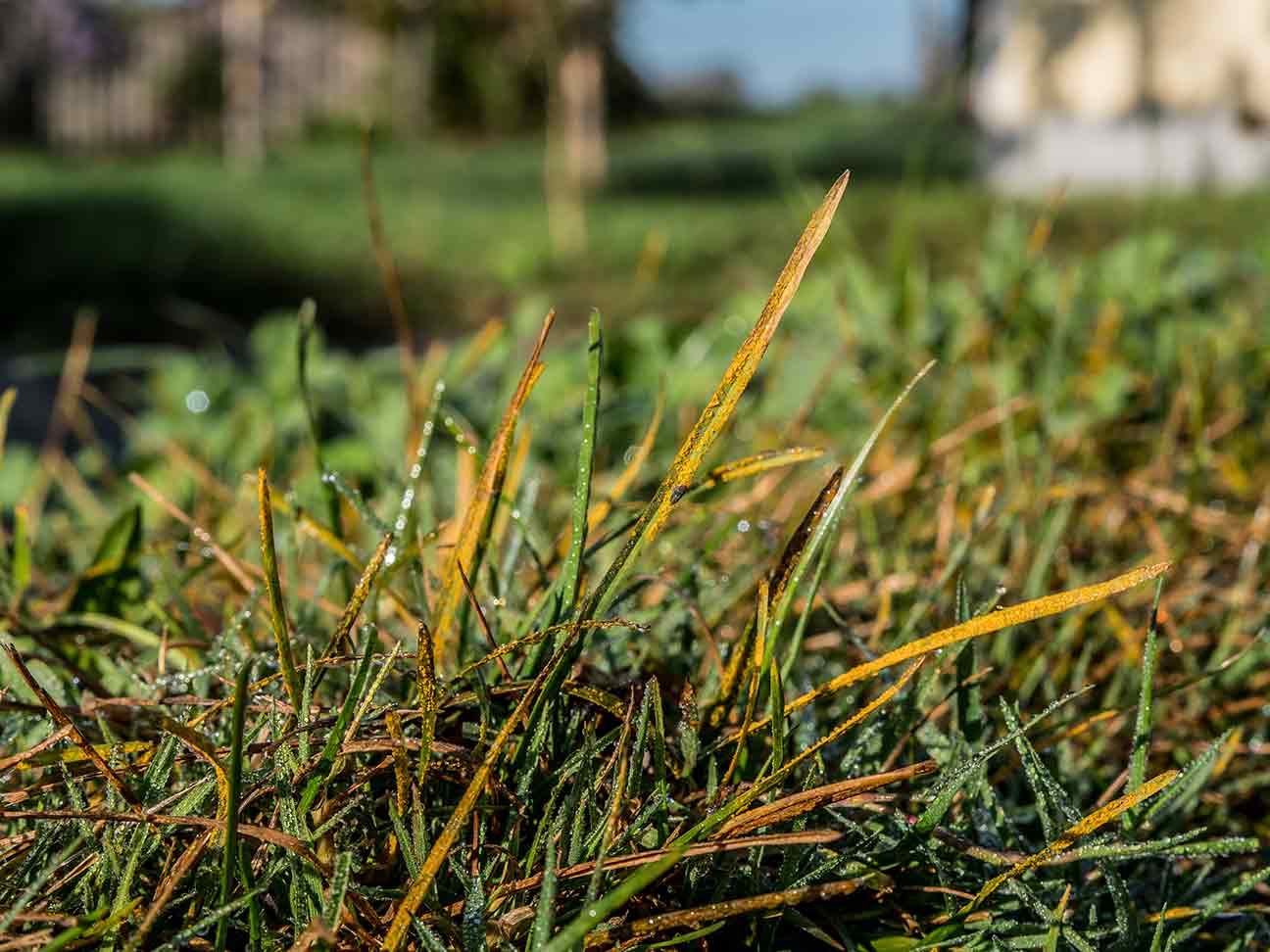
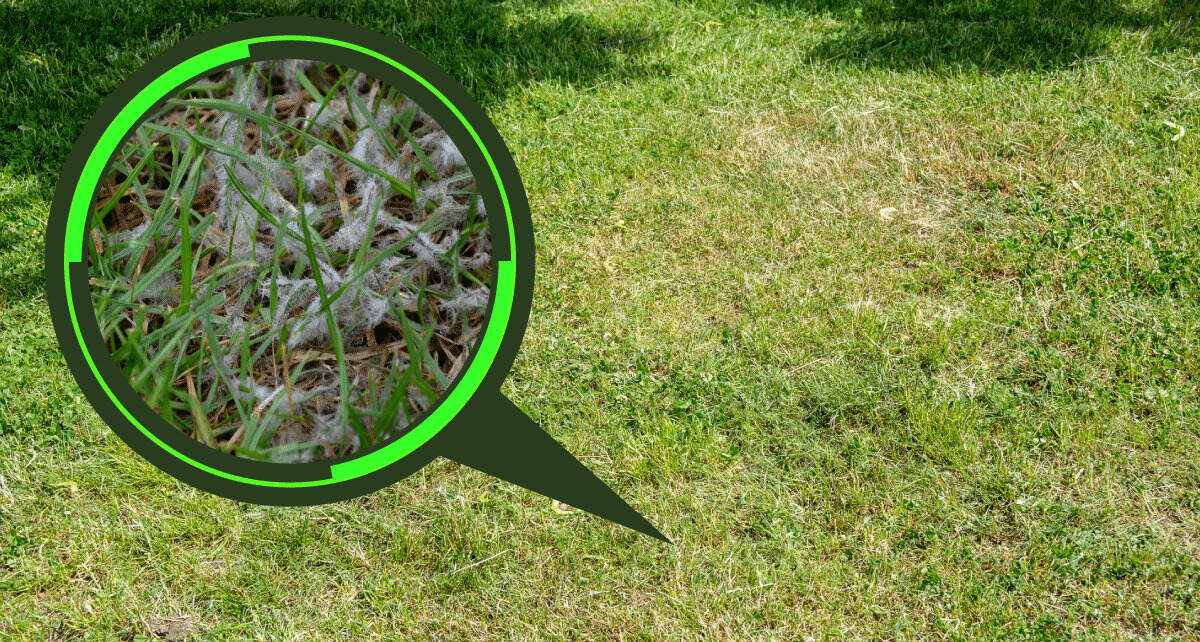
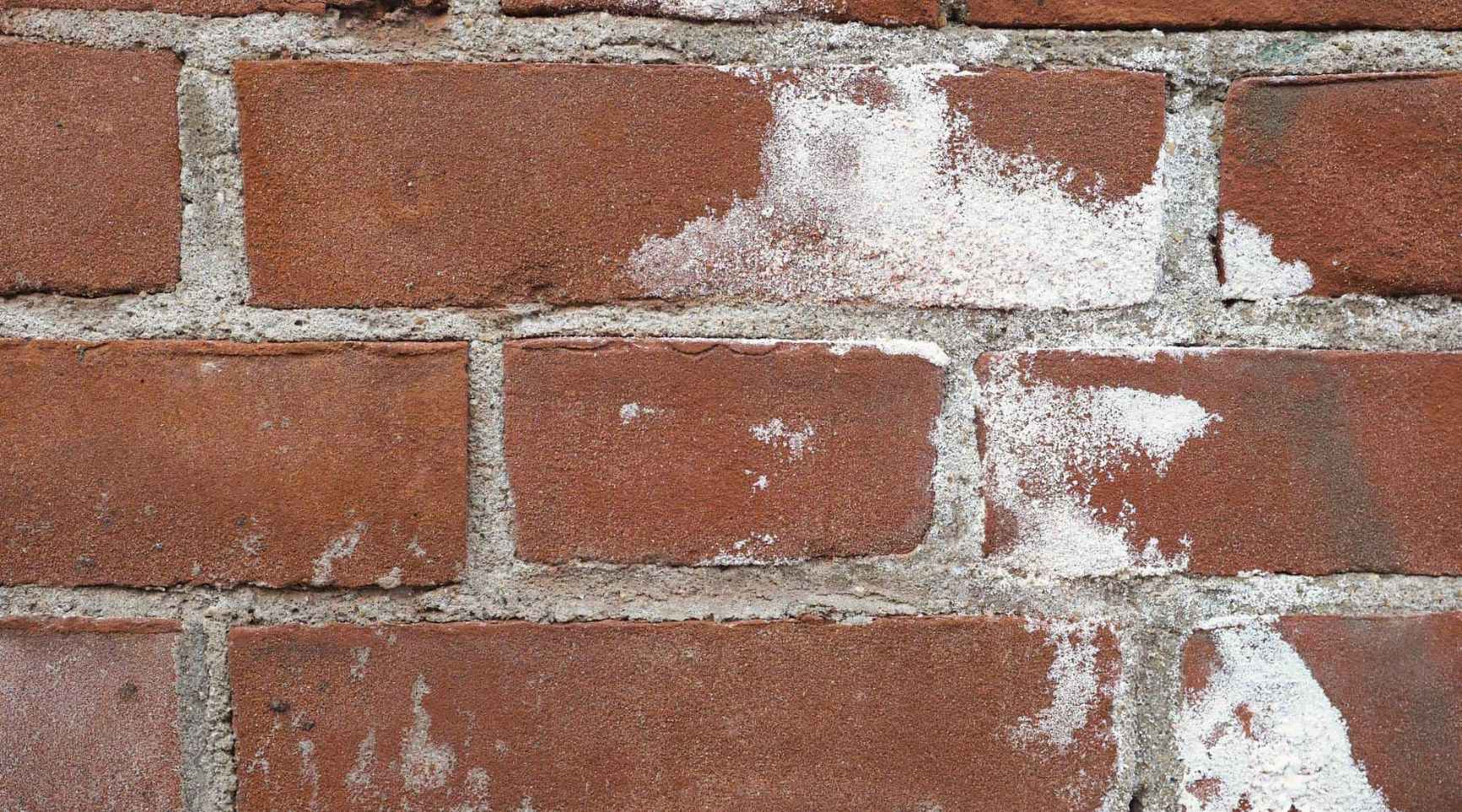
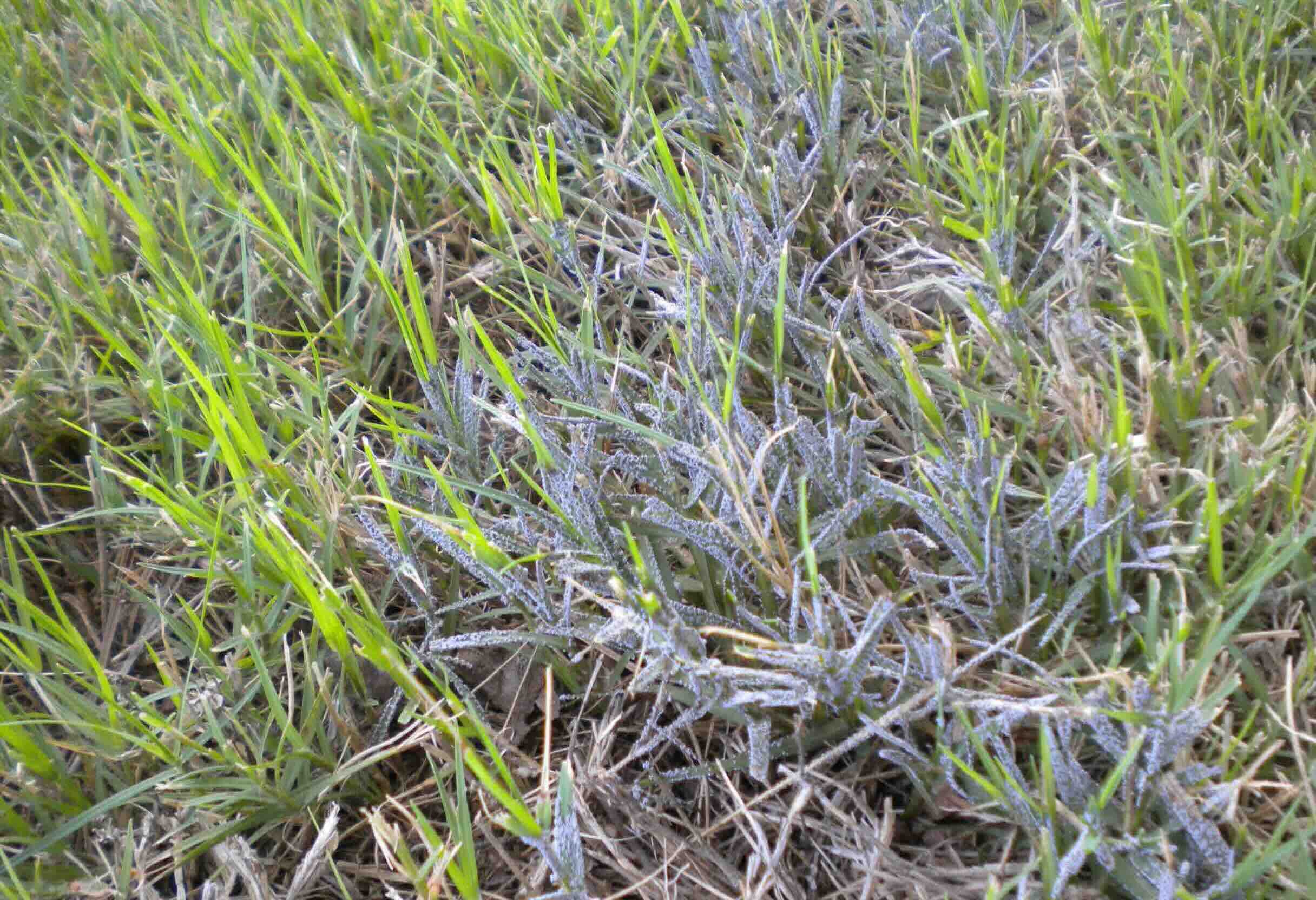
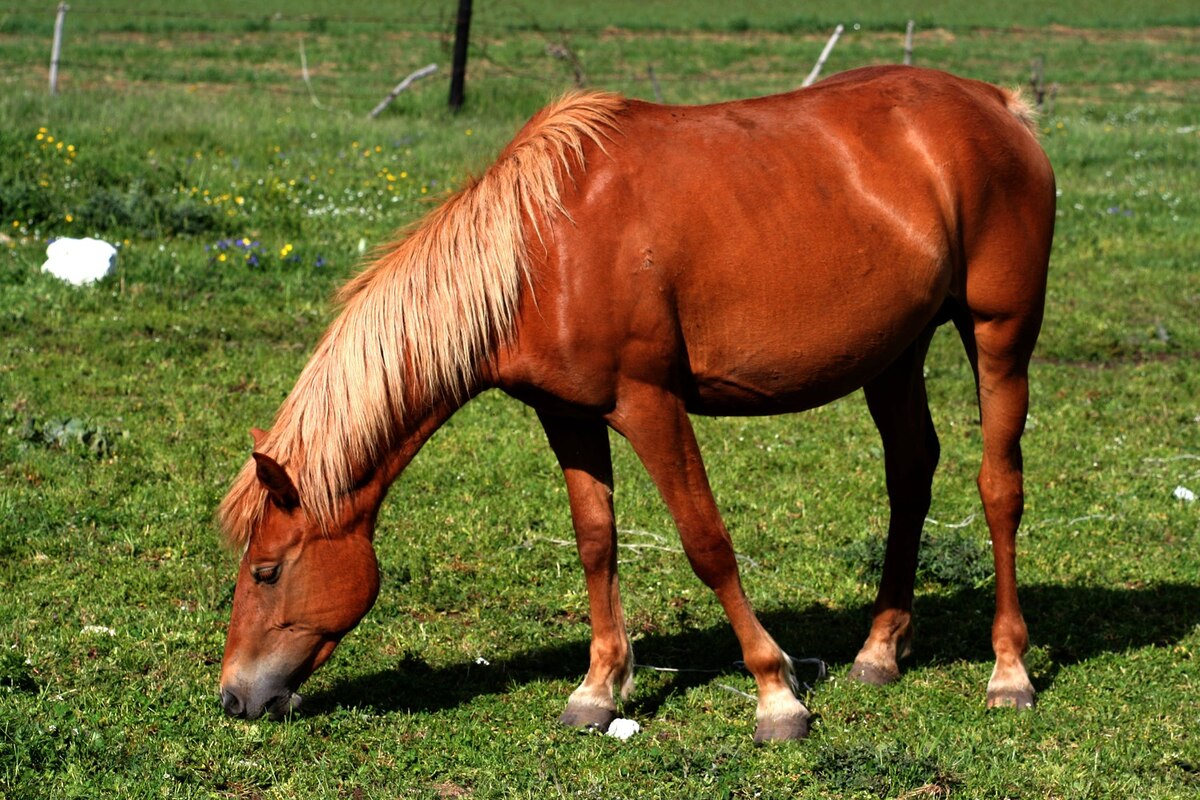
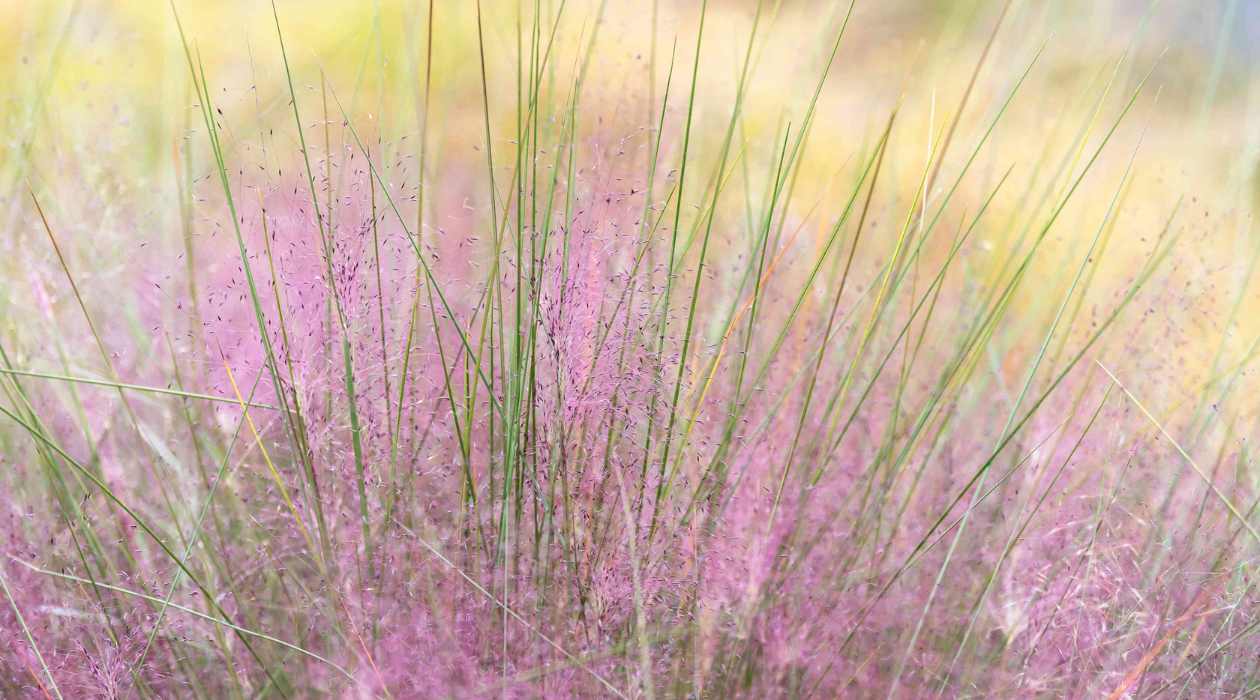
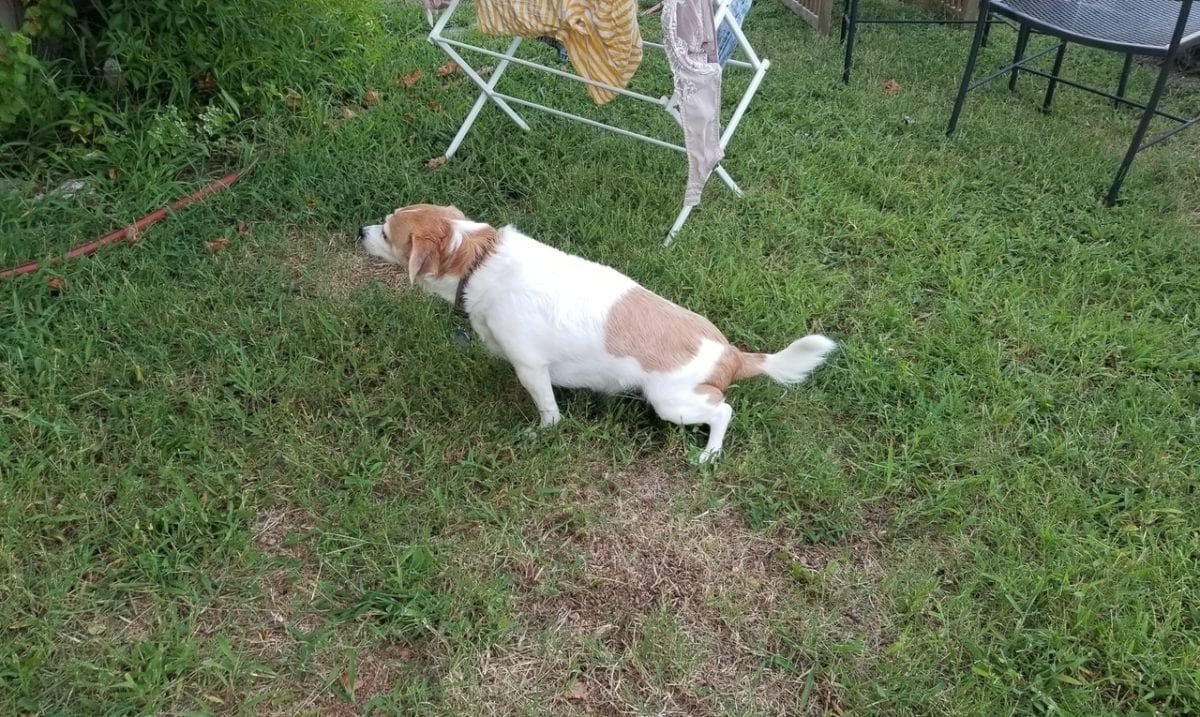
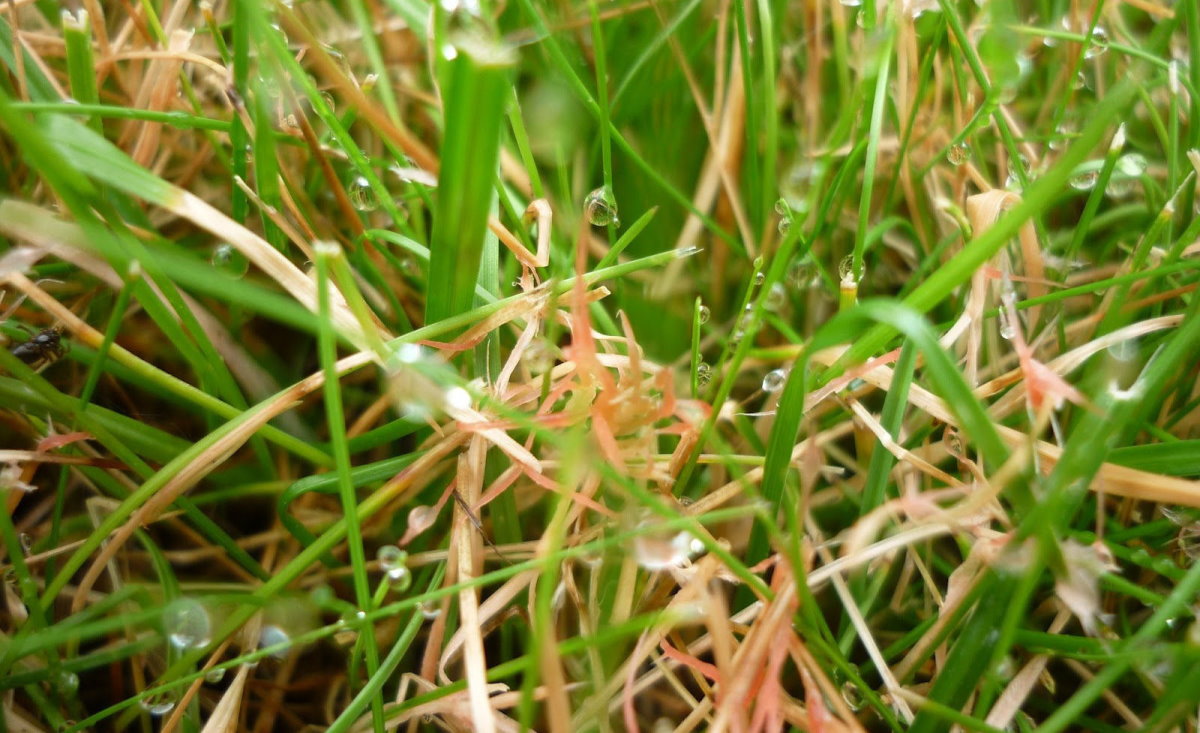
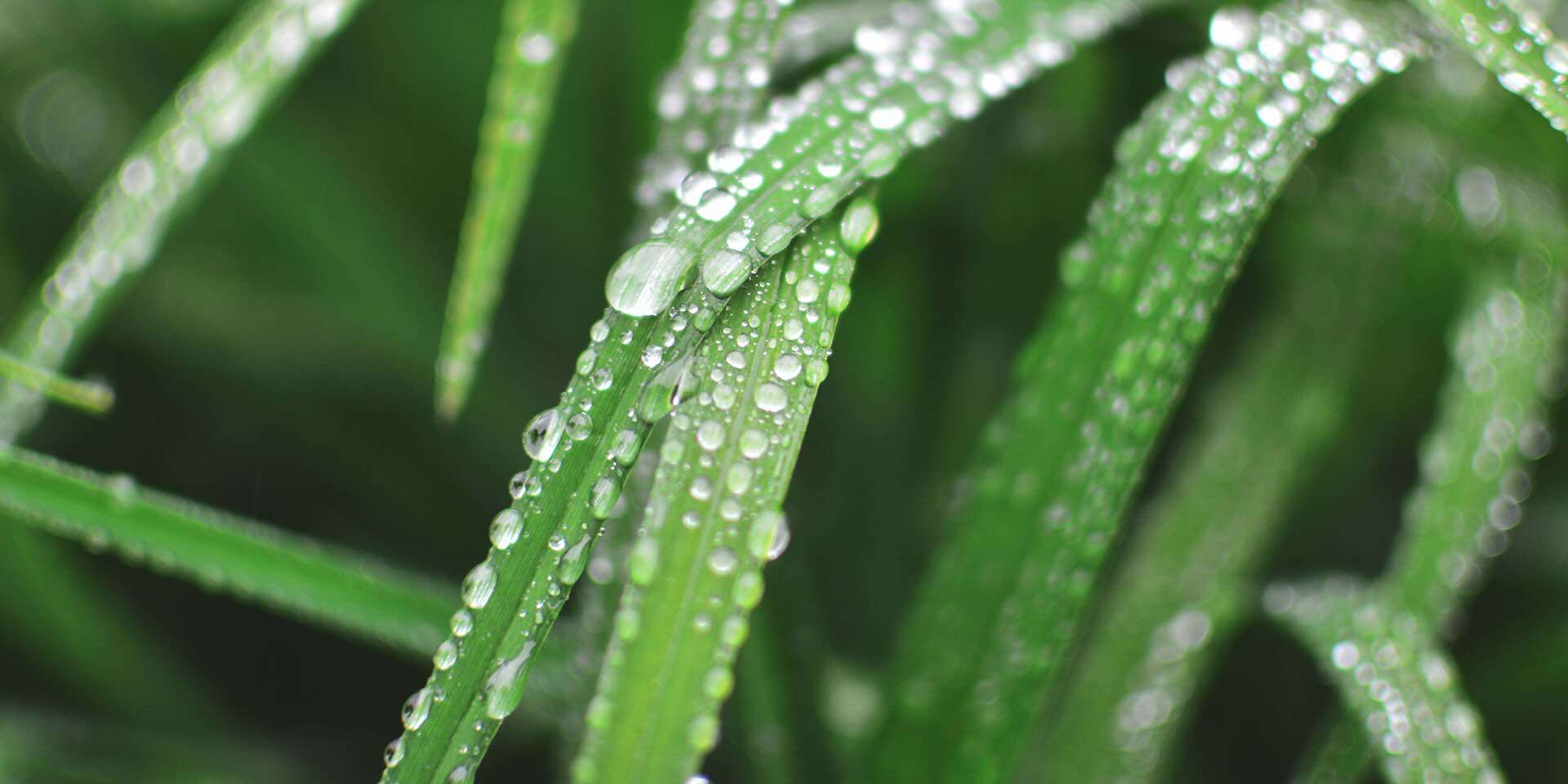
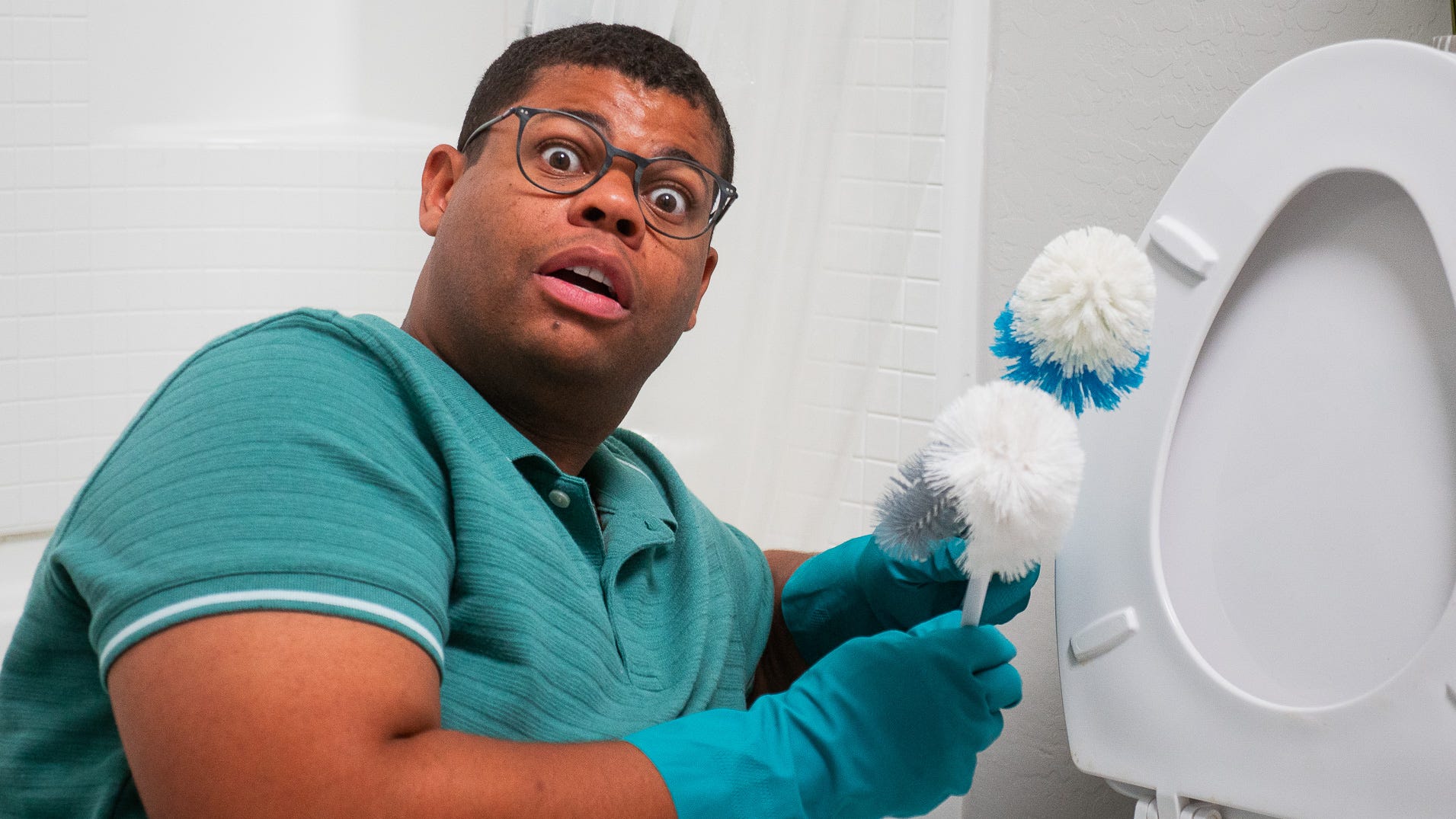

0 thoughts on “What Causes Grass To Turn Yellow”